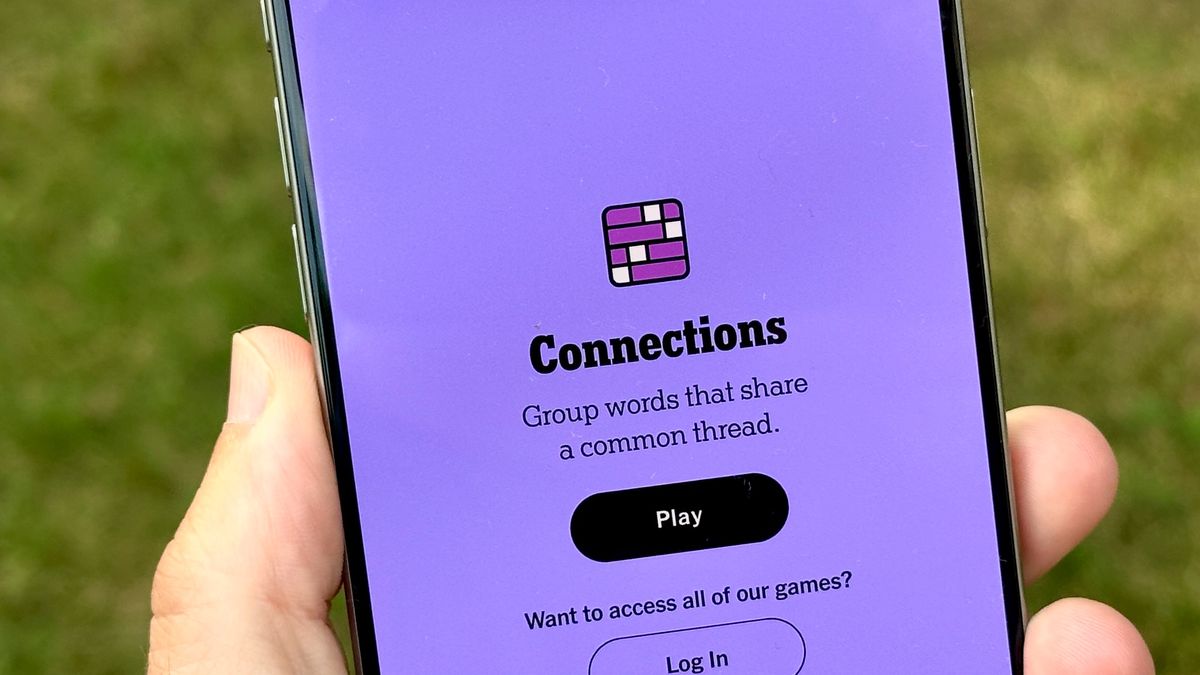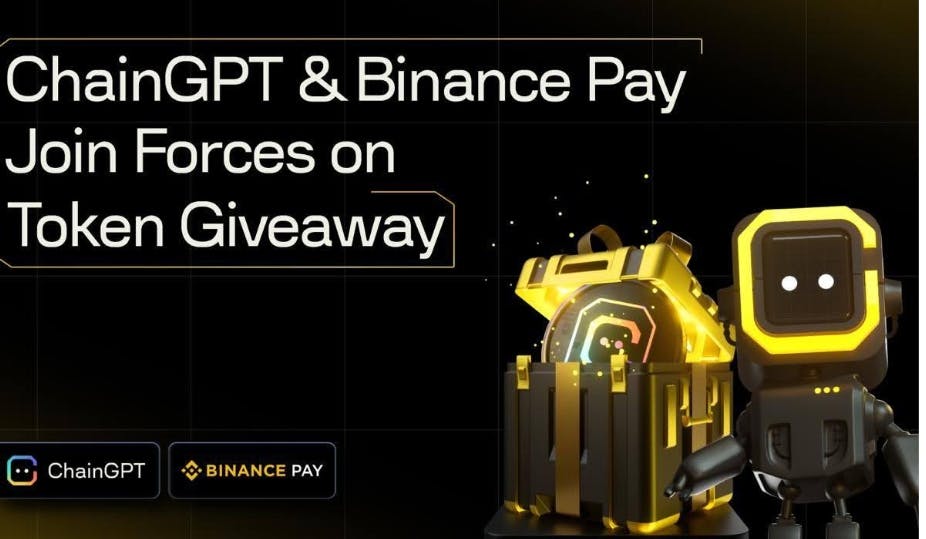Authors:
(1) Johnnatan Messias, Matter Labs;
(2) Krzysztof Gogol, Matter Labs, University of Zurich;
(3) Maria Inês, Silva Matter Labs;
(4) Benjamin Livshits, Matter Labs, Imperial College London.
Table of Links
Abstract and 1. Introduction
1.1 Research Questions and Contributions
-
Related Work
-
Background
-
Inscriptions and ordinals
4.1 Operation Types
4.2 Comparison with NFTs and ERC-20s
-
Data Collection
-
Empirical Analysis and 6.1 Overall Transactions
6.2 Inscriptions Characterization
6.3 Inscription Trading
6.4 Impact on Gas Fees
-
Discussion
-
Conclusion and References
Abstract
Despite the level of attention given to rollups there is limited empirical research about their performance. To address this gap, we conduct a comprehensive data-driven analysis of the late 2023 transaction boom that is attributed to inscriptions: a novel approach to record data onto a blockchain with no outside server needed. Inscriptions were first introduced on the Bitcoin blockchain to allow for the representation of NFTs or ERC-20-like tokens without smart contracts, but were later spread to other blockchains.
This work examines the applications of inscription transactions in Ethereum and its major EVMcompatible rollups and their impact on blockchain scalability during periods of sudden transaction surges. We found that on certain days, inscription-related transactions comprised over 89% on Arbitrum, over 88% on zkSync Era, and over 53% on Ethereum. Furthermore, 99% of these transactions were related to the minting of meme coins, followed by limited trading activity. Unlike L1 blockchains, during periods of transaction surges, zkSync and Arbitrum experienced lower median gas fees, attributable to the compression of L2 transactions for a single L1 batch. Additionally, zkSync Era, a ZK rollup, demonstrated a stronger reduction in fees than optimistic rollups considered in our study: Arbitrum, Base, and Optimism.
Acknowledgements J. Messias and K. Gogol contributed equally to this work. This research article is a work of scholarship and reflects the authors’ own views and opinions. It does not necessarily reflect the views or opinions of any other person or organization, including the authors’ employer. Readers should not rely on this article for making strategic or commercial decisions, and the authors are not responsible for any losses that may result from such use.
1 Introduction
Since the introduction of Bitcoin [23] and later Ethereum [39], blockchains have witnessed increased adoption, predominantly driven by their decentralization principles [5, 27]. This surge has led to the development of a diverse array of decentralized applications (DApps), including decentralized exchanges (DEXes) [12, 3, 18], lending protocols [29, 26], non-fungible tokens (NFTs) for art [13], and other applications such as supply chain management [28, 30], and decentralized governance [18, 3, 20, 21].
In distributed systems, including blockchains, a fundamental trade-off exists where each blockchain can only optimize two out of three essential factors: security, decentralization, and scalability [38]. This dilemma is commonly referred to as the “blockchain trilemma”, a term attributed to V. Buterin [38]. Traditionally, underlying blockchain solutions known as Layer-1 (L1) such as Bitcoin and Ethereum have prioritized decentralization and security at the expense of scalability. To address this challenge, Layer-2 (L2) solutions, built atop an L1, have been proposed. L2 solutions aim to enhance scalability and efficiency while leveraging the L1 blockchain for achieving consensus. Consequently, a variety of Ethereum Virtual Machine (EVM)-compatible chains have emerged, focusing on scalability without compromising decentralization and security. This is facilitated by executing transactions off-chain and subsequently storing results or state transitions on a L1 blockchain (e.g., Ethereum).
However, many of these L2 scaling solutions were not yet fully stress-tested until late 2023, when a spike in transactions occurred: most L2 EVM-compatible chains experienced their all-year heights of transaction volumes in November and December 2023. This sudden transaction spike was caused by a boom in what is known as inscriptions [1]
Inscriptions originated from a new idea that surged in the Bitcoin blockchain – ordinals [37]. Ordinals were first introduced in March 2023 by an anonymous developer known as Domo [6]. In short, this new system allows users to assign unique identifiers to individual satoshis, the smallest unit of Bitcoin, enabling each satoshi to be tracked and traded separately, based on their ordinal number. This concept adds a new dimension to Bitcoin transactions by introducing the ability to treat each satoshi as a non-fungible token (NFT), enabling new applications such as collectible assets, verifiable digital scarcity, and more complex smart contract interactions on the Bitcoin network.
This innovation led to a notable surge in the number of transactions in mid-2023 due to a fear-of-missing-out (FOMO) effect, subsequently causing an increase in transaction fees for all users [36, 37].
Thereafter, the concept of ordinals was extended to other blockchains, such as Ethereum, Arbitrum, Base, Optimism, and zkSync Era, thus leading to the new phenomenon of inscriptions. They enable users to embed arbitrary data directly onto the Ethereum blockchain. This process involves attaching data, such as text, images, or code, to transactions or smart contracts, effectively “inscribing” this information permanently within the blockchain. Users quickly started to use inscriptions to mint and trade tokens, instead of using the already available smart-contract functionality.
Similarly to what happened with Bitcoin ordinals, inscriptions triggered a significant increase in transaction-per-second (TPS) on these chains, reaching yearly transaction highs in December 2023. During this time, inscription transactions represented over 80% of all network transactions [1].
Due to their apparent popularity, various marketplaces dedicated to trading ordinals and inscriptions began to pop-up [16, 44, 8]. Notably, even the leading crypto-exchange, Binance, supports ordinals and inscriptions [9].
During the inscription boom at the break of 2023 and early 2024, Zero Knowledge (KP) rollups — a type of L2 blockchain — witnessed notably lower gas costs compared to Ethereum, heightening the interest of users, as the cost of participating in the inscription-boom became considerably more affordable when compared to Bitcoin and Ethereum. Nevertheless, some rollups experienced downtime of approximately 78 minutes [33, 15], leading to users’ concerns about their transactions’ finality.
On March 13, 2024, Ethereum underwent the Dencun upgrade [2], which introduced blobs as temporary data storage. Blobs decreased the gas costs at Ethereum rollups but also raised concerns about the impact on inscription-based tokens ownership since they rely on out-of-the-blockchain applications and therefore presumable assumes data availability [25]. After the 18-day period, blobs disappear from the Ethereum blockchain, as they are designed to support the state verification for rollups. Consequently, inscription-related data might only be available off-chain in the indexer of their platform creator if the rollup chooses not to store all their transaction data.









